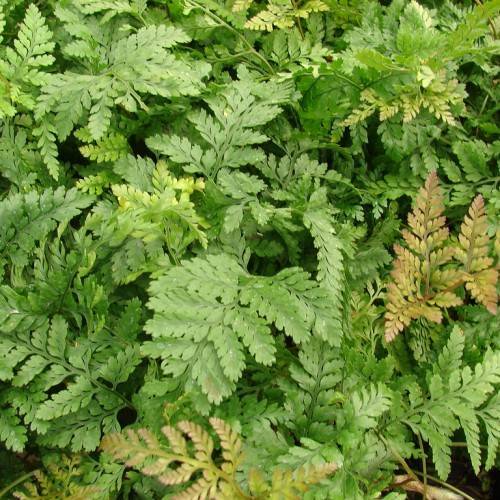
rabbit's foot fern
Davallia fejeensis 'Dwarf Ripple'
Cycle:
Perennial
Watering:
Average
Hardiness Zone:
10 - 12
Flowers:
Flowers
Sun:
part shade,part sun/part shade
Leaf:
Yes
Growth Rate:
Low
Maintenance:
Moderate
Tropical:
Yes
Indoors:
Yes
Care Level:
Medium
watering
The rabbit's foot fern should be watered thoroughly until water runs through the drainage holes in the pot. During the summer, it should be watered once a week, and in the winter, it should be watered every 10-14 days. Allow the top of the soil to dry out slightly before watering again. Overwatering can cause root rot, so make sure not to overwater.
sunlight
Rabbit's foot ferns are low to moderate light plants, so it should not be exposed to direct sunlight. The best way to meet their light requirements is to provide them with bright, indirect sunlight. Placing them near an east-facing window or in a bright room with 2 to 3 hours of indirect sunlight a day is recommended. During the summer months when the sun is stronger, they may appreciate a bit of afternoon shade. If the plant is exposed to too much direct sunlight, it can cause damage to the delicate leaflets and burn the leaves.
pruning
Rabbit's foot ferns do not need a lot of pruning, and can be kept in tidy shape even without it. It is best to check for dead or damaged leaves, especially near the base of the plant, and trim them off as needed. To keep the plant looking tidy and robust, prune off the older fronds near the base of the plant in late spring or early summer. This will remove any dead or damaged fronds and keep the plant looking healthy. Be sure to avoid removing too many fronds at once as this could damage the plant and result in poor growth. Overall, it is not necessary to prune this species of fern extensively, just to keep it tidy and free of dead or damaged foliage.
